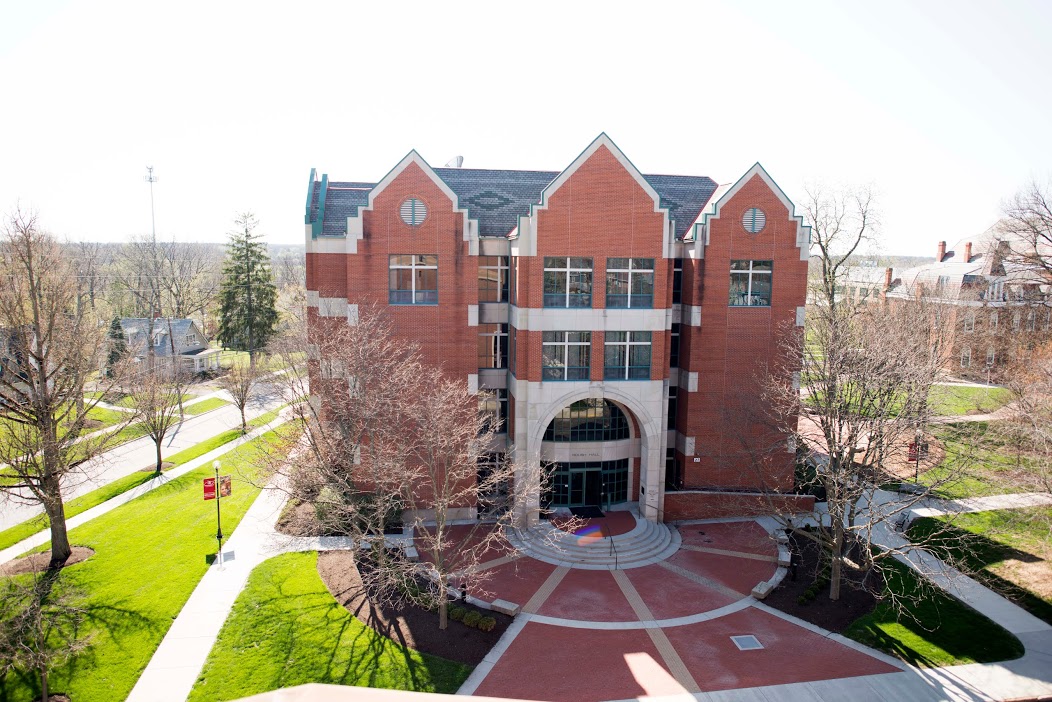Document Type
Book Chapter
Publication Date
2009
Publication Title
Encyclopedia of Distance Learning
Publisher
Information Science Reference
Keywords
Networks, Distance Learning, CLEs, Local Area Network (LAN), E-Learning
Abstract
This article presents a snapshot of one state’s experience with connectivity from the early 1980s to the present and illustrates how distance learning has utilized that infrastructure to grow to serve more than 100,000 Ohioans. In early 1980s, most of Ohio’s telecommunications traffic traveled on dial-up connections. Ohio’s history of formidable statewide networking began in 1987, when Compuserve and OARnet (Ohio Academic Resources Network) were among few regional networks in existence. Through various mergers and acquisitions, Compuserve became Worldcom, AOL, MCI-Worldcom, and, finally, Verizon. OARnet became the Third Frontier Network (TFN) in 2004 and now is referred to as OSCnet and Broadband Ohio Network (BON). OARnet was created in 1987 by the Ohio Board of Regents to provide statewide connectivity to resources at the Ohio Supercomputer Center (OSC). In later years, the network extended support to the 89 member institutions of the Ohio Library and Information Network (OhioLINK), and the 83 colleges and universities of the Ohio Learning Network (OLN), a consortium offering blended, online, and distance education. OLN provides faculty development, infrastructure support via Collaborative Learning Environments (CLE), and various student support services and grants.
First Page
1937
Last Page
1943
Volume
I
Repository Citation
Shah, Pankaj and Carey, Kate M., "Strong Networks Grow Distance Learning" (2009). Administrators/Executives/Staff Scholarship. 4.
https://digitalcommons.otterbein.edu/acaffairs_scholar/4
Original Citation
Shah, Pankaj, and Kate M Carey. “Strong Networks Grow Distance Learning.” Encyclopedia of Distance Learning. 2nd ed. Ed. Patricia Rogers, and Gary Berg. IGI Global, 2009.1937-1943.
Version
Publisher's Version
Publisher's Statement
Copyright© 2009 by IGI Global. All rights reserved. No part of this publication may be reproduced. stored or distributed in any form or by any means, electronic or mechanical, including photocopying, without written permission from the publisher.
Permission granted to the author from IGI contemplated by the IGI Global Fair Use Guidelines.
Peer Reviewed
1

